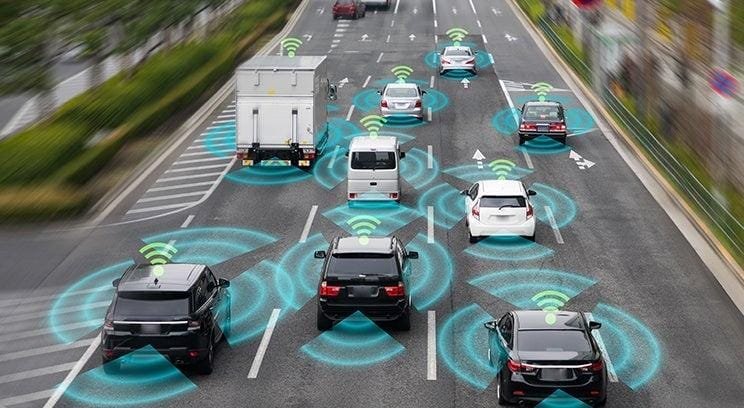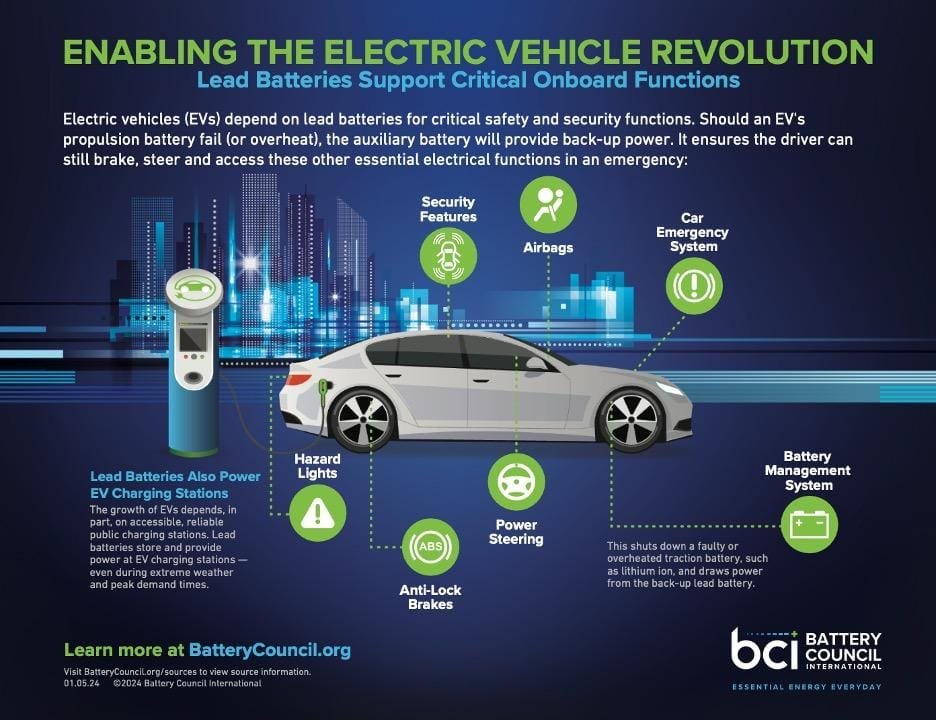Table of Contents
The open road has always been a symbol of freedom and adventure, but as we look toward the horizon, the landscape of automotive innovation is poised for a seismic shift. The fusion of technology, sustainability, and connectivity is reshaping the way we perceive transportation. From electric vehicles (EVs) to autonomous driving, the future promises a new era where vehicles are not just modes of transportation, but intelligent companions.
As traditional engines give way to sustainable solutions and software-driven features become standard, the automotive industry is gearing up to embrace a model built on efficiency and user experience. This evolution will not only redefine personal mobility but also significantly impact urban planning, environmental policies, and even social dynamics. The road ahead is not merely a path to travel; it represents an opportunity to rethink our relationship with the very vehicles that carry us.
The Rise of Autonomous Vehicles and Their Impact on Urban Mobility
The integration of autonomous vehicles (AVs) into urban landscapes is transforming how we navigate cities. Automated technology not only promises greater efficiency but also aims to alleviate congestion and enhance safety. As cities evolve, the potential for dynamic routing systems is emerging, where AVs will analyze real-time data to optimize travel paths, significantly reducing travel times and urban gridlock.
Furthermore, the shift towards AVs paves the way for multi-modal transport solutions, encouraging the development of integrated public transit systems. This evolution fosters a more eco-friendly urban environment, supporting reduced emissions and promoting greener alternatives like electric AVs. The future of mobility lies in harmonizing these technological advancements with urban planning.
| Advantages of Autonomous Vehicles | Impact on Urban Life |
|---|---|
| Enhanced Safety | Fewer accidents |
| Increased Efficiency | Smoother traffic flow |
| Environmental Benefits | Lower emissions |
| Accessibility Improvements | Better transport for all |

Electric Revolution: Transforming the Energy Landscape for Automotive Sustainability
As the world embraces sustainability, the automotive sector is undergoing an electric transformation. Electric vehicles (EVs) are emerging as the cornerstone of eco-conscious transportation, driven by innovations in battery technology and charging infrastructure. With governments and consumers increasingly prioritizing green alternatives, the shift towards electrification promises to redefine mobility.
Key advancements include:
- Enhanced Battery Efficiency: Innovations in solid-state batteries allow for faster charging and longer ranges.
- Smart Charging Solutions: Integration of renewable energy sources enables on-demand charging while reducing grid strain.
- Vehicle-to-Grid Technology: EVs can now support energy distribution, creating a symbiotic relationship between cars and power systems.
| Feature | Benefit |
|---|---|
| Regenerative Braking | Improves energy efficiency by recovering lost energy. |
| Smart Integration | Seamless connectivity enhances navigation and energy management. |
| Eco-Friendly Materials | Reduces environmental impact during vehicle manufacturing. |

Smart Connectivity: Enhancing Driver Experience Through Advanced Technology
Imagine a world where your vehicle intuitively understands your preferences, adjusting settings seamlessly to enhance comfort. Advanced connectivity features are bridging the gap between man and machine, offering personalized experiences through data integration. With vehicles equipped with smart technology, drivers can enjoy:
- Real-time navigation updates
- Voice-activated controls
- Remote diagnostics
Additionally, the integration of vehicle-to-everything (V2X) technology fosters a safer driving environment. This advanced communication allows vehicles to interact with infrastructure and each other, reducing accidents and optimizing traffic flow. Features to look forward to include:
- Accident avoidance systems
- Smart traffic signals
- Enhanced ride-sharing options

Safety First: Innovations in Automotive Safety and Their Role in Reducing Accidents
Automotive safety has undergone a transformation, driven by technological advancements aimed at protecting lives on the road. Innovations such as automated emergency braking and lane-keeping assistance have become essential features in modern vehicles, significantly lowering the likelihood of accidents. These systems function together to provide real-time feedback, enhancing a driver’s awareness and response during critical situations.
Moreover, connected vehicle technology allows communication between cars and infrastructure, increasing safety measures beyond individual vehicles. By utilizing vehicle-to-vehicle (V2V) and vehicle-to-infrastructure (V2I) communication, potential dangers can be anticipated and mitigated promptly. This collective intelligence creates a safer driving environment, showcasing a future where technology actively works to protect every road user.
| Safety Innovation | Benefit |
|---|---|
| Automated Emergency Braking | Reduces collision impact, protecting passengers |
| Adaptive Cruise Control | Makes long drives safer and less fatigue-inducing |
| Blind Spot Detection | Alerts drivers to hidden vehicles, preventing accidents |
Future Outlook
As we stand on the brink of a monumental shift in the automotive landscape, it’s clear that innovation will continue to shape our journeys in ways we can only begin to imagine. The future holds promises of not just enhanced mobility but also sustainability and connectivity.
Key takeaways from this exploration include:
- The rise of electric vehicles is fundamentally changing energy consumption.
- Autonomous technology enhances safety and efficiency on the roads.
- Smart infrastructure is set to integrate seamlessly with vehicles, improving urban mobility.
Embracing these advancements will not only revolutionize how we navigate the world but also redefine our relationship with transportation. The road ahead is paved with opportunities for a cleaner, more efficient, and interconnected future.
As we prepare for this transformation, the question remains: how will we adapt and harness these innovations to create a thriving automotive ecosystem? The answer lies in our willingness to embrace change and our commitment to collaboration across industries. The potential for revolutionizing the road is immense—let us drive forward together.



